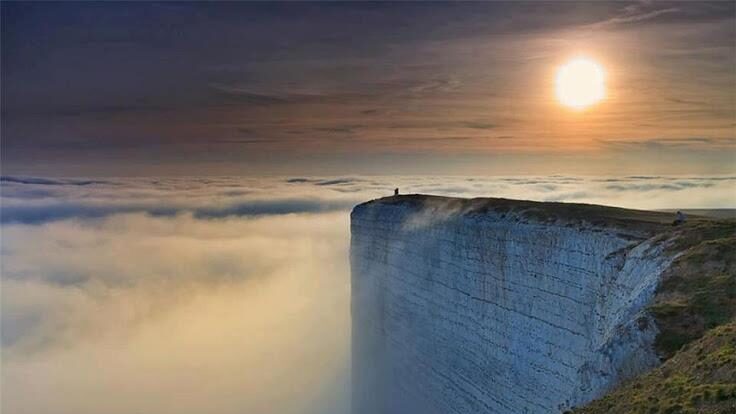This essay first appeared in the CGG Weekly of April 18, 2003, as “What Makes This a ‘Good’ Friday?”
“For as Jonah was three days and three nights in the belly of the great fish, so will the Son of Man be three days and three nights in the heart of the earth.”
—Matthew 12:40
Now, let’s see. During “holy week” we have Palm Sunday, Maundy Thursday, Holy Saturday, and finally, Easter Sunday. And let us not forget the observation of Good Friday! Many people would claim “Good Friday” to be an oxymoron, and not just because it is the last day of the workweek.

To Catholics and many Protestants, Good Friday is a semi-holy day commemorating the day Jesus died nearly two thousand years ago. These same people celebrate Easter Sunday two days later, rejoicing that Jesus rose from the dead. What has always been confusing is how normally reasonable people can observe these days that are so woefully contradictory to the biblical accounts of Christ’s death and resurrection. And this is without getting into the obvious pagan fertility symbols of bunnies and eggs that have nothing whatsoever to do with the awesome significance of the death, burial, and resurrection of mankind’s Savior.
Probably the most glaring contradiction involves Jesus’ own statements, made several ways at several times, that define the period of His burial as 72 hours—no more, no less. For instance, He gave only one sign of His Messiahship: that He would be “in the heart of the earth” three days and three nights (Matthew 12:38-40). Three days and three nights are six periods of twelve hours each (see Jesus’ own definition of a “day” in John 11:9-10), equaling 72 hours.
In other places, Jesus says “in three days” (John 2:19-21), “the third day” (Mark 9:31; Luke 9:22; etc.), and “after three days” (Mark 8:31; see Matthew 27:63). When we put these different phrases together, we are boxed in to 72 hours exactly: One second after 72 hours would not be “in three days,” and one second before 72 hours would not be “after three days.” Thus, He must have lain in the tomb for exactly 72 hours—three days and three nights to the second—just as He said He would, proving He is our Savior.
He must have lain in the tomb for exactly 72 hours—three days and three nights to the second—just as He said He would, proving He is our Savior. Share on XNow, let us assume He rose on Sunday at dawn. If we count back exactly 72 hours, we come to Thursday at daybreak, not Friday. The Bible, however, says that Joseph of Arimathea and Nicodemus put Jesus into the tomb as the sun was setting (Mark 15:42-46; John 19:39-41; see also Matthew 27:57; Luke 23:54). There is no way to get exactly 72 hours between a sunset and a sunrise—no matter how one might try to fudge the numbers!
So, we can see that a Sunday morning resurrection cannot be true! If He was buried at sunset, He must have risen from the grave at sunset 72 hours later to fulfill the sign. The gospel accounts do not record the time of His resurrection; they only tell us when His followers—the women who came early to the tomb, as well as Peter and John just a little while later—first knew He had indeed been resurrected. Early Sunday morning was when they came and found the tomb empty. In fact, He had been gone for about twelve hours by that point!
The Seventy Weeks Prophecy in Daniel 9:27 tells us which day the crucifixion occurred: “Then he shall confirm a covenant with many for one week; but in the middle of the week He shall bring an end to sacrifice and offering. . . .” Many prophecy buffs have tried to make this sound as if it speaks of the end-time Beast, but only Christ Himself fits these clues. Jesus brought the New Covenant during His ministry, and His death put an end to the sacrificial system by His “once for all” offering of Himself for our sins (Hebrews 9:23-28). As this prophecy shows, His crucifixion occurred in the middle of the week—a Wednesday.
This fits the timing perfectly. Put into the grave late on Wednesday, as the sun was setting, He remained in the tomb for exactly 72 hours, rising at sundown as the seventh-day Sabbath, which we call “Saturday,” ended. This is the only scenario that fits the biblical record. If you would like further explanation on this, please see both “‘After Three Days’” and “The Resurrection Was Not on Sunday.”
So, what is so “good” about this particular Friday? To us, Friday—even the one during “Holy Week”—is just another Preparation Day for the Sabbath.
